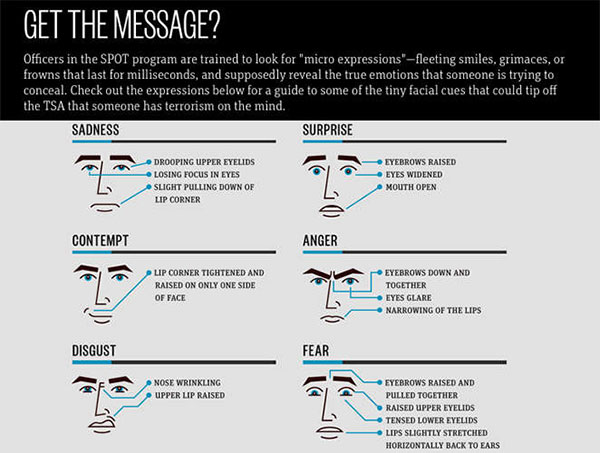
TSA’s $900 Million Failure
- By Ginger Hill
- Nov 13, 2013
After spending approximately $1 billion over the span of about 10 years for a program started by TSA to train agents to spot terrorists and criminals from groups of everyday passengers by observing behaviors that may indicate stress, fear or deception, Congress has determined that the Screening of Passengers by Observation Technique (SPOT) program has yet to prove its effectiveness.

Perhaps it was the recent shooting at Los Angeles International Airport that helped trigger this decision, but the Government Accountability Office (GAO) issued a report saying that Congress risks wasting more money on this program if it continues to fund it without scientific proof that it works.
Found within the GAO report, “Twenty-one behavior detection officers at four airports said that some behavioral indicators are subjective and that they are working to better define them.”
Wow! Almost one billion dollars to fund a program that is based on the personal feelings and opinions of “trained” TSA agents…seems like money gone down the drain. However, the Department of Homeland Security does not agree with the recommendation to cease funding of the SPOT program, even though “the study that TSA cites in defending this program was fundamentally flawed,” weighed in Rep. Cedric L. Richmond, the ranking Democrat on the transportation security subcommittee.
What do you think?
Do you agree with the Department of Homeland Security that the program should be salvaged?
Or, because all available evidence and data shows that the program cannot be proven effective and that profiling is “probably no better than chance,” should the program be ceased and the funding used in a different way? What better way can these funds be used?
Sources:
http://www.cnn.com/2013/11/13/politics/tsa-terrorist-observation/index.html
http://news.yahoo.com/tsa-screening-report-181448603.html
http://abcnews.go.com/blogs/politics/2013/11/tsa-behavior-profiling-not-effective-gao-report-finds/
About the Author
Ginger Hill is Group Social Media Manager.